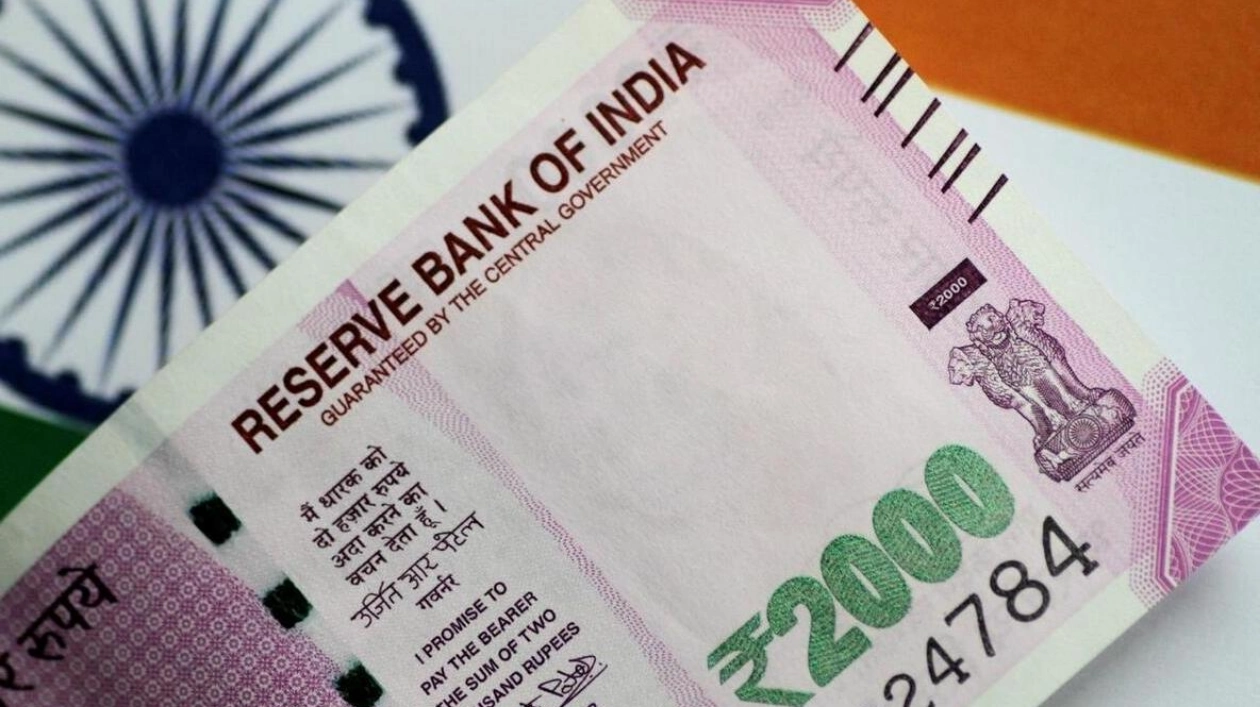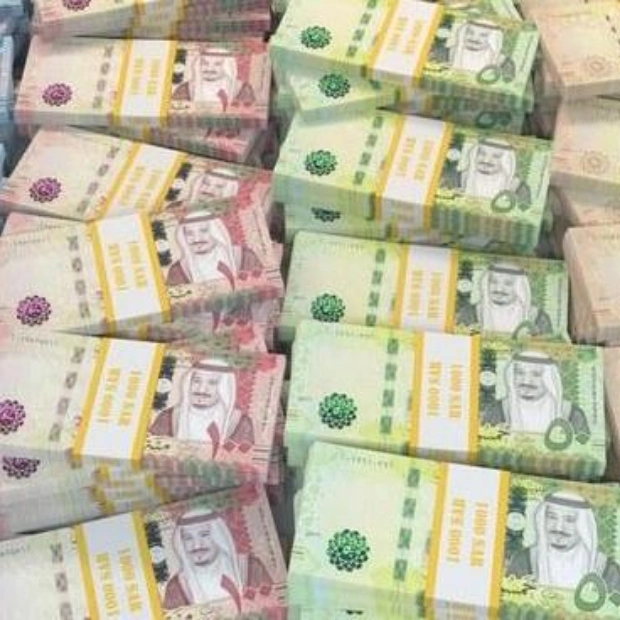On Monday, the Indian rupee faced a decline as rising U.S. bond yields exerted pressure on most Asian currencies. By 10:15 a.m. IST, the rupee stood at 83.46 (Dh22.74) against the U.S. dollar, a slight drop from its previous close at 83.3825 (Dh22.72). Similarly, the offshore Chinese yuan weakened along with other Asian currencies, while the dollar index saw a minor decrease of 0.1% to 105.6. The past two weeks have seen additional pressure on Asian currencies due to the weakening of the yuan and the Japanese yen, with market participants anticipating further declines to impact the rupee.
Lloyd Chan, a senior currency analyst at MUFG Bank, noted in a recent report that the Chinese central bank's fixing rate for USD/CNY has steadily increased, indicating a willingness to tolerate a weaker yuan. The onshore spot yuan is restricted to trading within a 2% range around the mid-point set by the People's Bank of China. Despite signs of cooling U.S. inflation as indicated by recent data, the possibility of a second term for former U.S. President Donald Trump has driven up U.S. bond yields, with the 10-year yield rising by 5 basis points to 4.39% on Friday.
India's recent inclusion in the JPMorgan emerging market debt index provided some support to the rupee towards the end of last week. However, the inflow of approximately $198 million on the day of inclusion fell short of bankers' expectations. With inflows below estimates and key U.S. data, including the non-farm payrolls report, expected this week, traders predict that the rupee will likely remain under slight pressure.
A foreign exchange trader at a state-run bank commented, "We don't anticipate significant declines (on USD/INR) ... We expect the support at 83.30 to hold until there is a further downturn in the dollar index."






